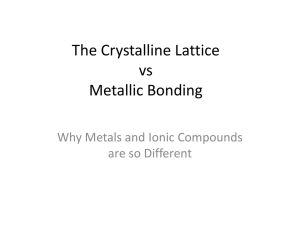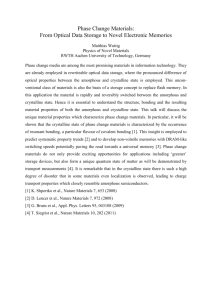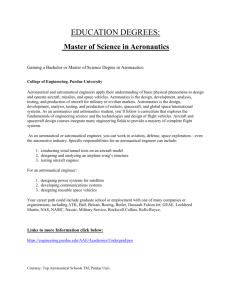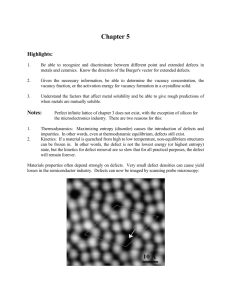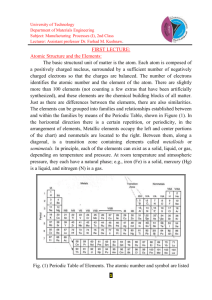Course Name
advertisement
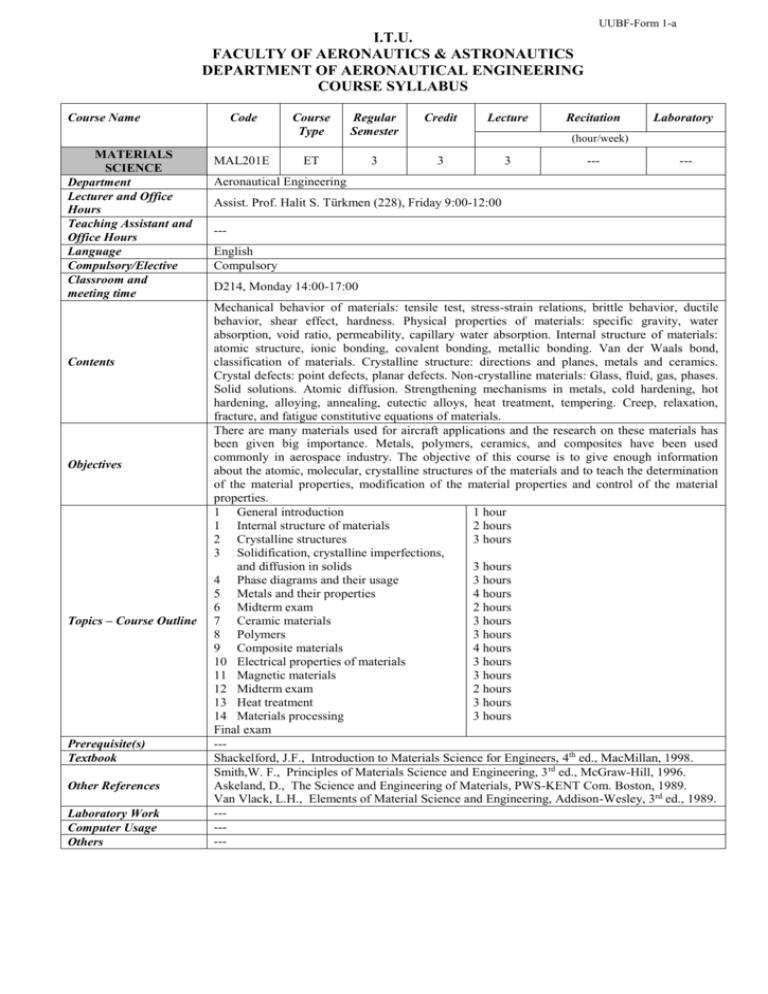
UUBF-Form 1-a I.T.U. FACULTY OF AERONAUTICS & ASTRONAUTICS DEPARTMENT OF AERONAUTICAL ENGINEERING COURSE SYLLABUS Course Name MATERIALS SCIENCE Department Lecturer and Office Hours Teaching Assistant and Office Hours Language Compulsory/Elective Classroom and meeting time Contents Objectives Topics – Course Outline Prerequisite(s) Textbook Other References Laboratory Work Computer Usage Others Code MAL201E Course Type Regular Semester Credit ET 3 3 Lecture Recitation Laboratory (hour/week) 3 --- --- Aeronautical Engineering Assist. Prof. Halit S. Türkmen (228), Friday 9:00-12:00 --English Compulsory D214, Monday 14:00-17:00 Mechanical behavior of materials: tensile test, stress-strain relations, brittle behavior, ductile behavior, shear effect, hardness. Physical properties of materials: specific gravity, water absorption, void ratio, permeability, capillary water absorption. Internal structure of materials: atomic structure, ionic bonding, covalent bonding, metallic bonding. Van der Waals bond, classification of materials. Crystalline structure: directions and planes, metals and ceramics. Crystal defects: point defects, planar defects. Non-crystalline materials: Glass, fluid, gas, phases. Solid solutions. Atomic diffusion. Strengthening mechanisms in metals, cold hardening, hot hardening, alloying, annealing, eutectic alloys, heat treatment, tempering. Creep, relaxation, fracture, and fatigue constitutive equations of materials. There are many materials used for aircraft applications and the research on these materials has been given big importance. Metals, polymers, ceramics, and composites have been used commonly in aerospace industry. The objective of this course is to give enough information about the atomic, molecular, crystalline structures of the materials and to teach the determination of the material properties, modification of the material properties and control of the material properties. 1 General introduction 1 hour 1 Internal structure of materials 2 hours 2 Crystalline structures 3 hours 3 Solidification, crystalline imperfections, and diffusion in solids 3 hours 4 Phase diagrams and their usage 3 hours 5 Metals and their properties 4 hours 6 Midterm exam 2 hours 7 Ceramic materials 3 hours 8 Polymers 3 hours 9 Composite materials 4 hours 10 Electrical properties of materials 3 hours 11 Magnetic materials 3 hours 12 Midterm exam 2 hours 13 Heat treatment 3 hours 14 Materials processing 3 hours Final exam --Shackelford, J.F., Introduction to Materials Science for Engineers, 4th ed., MacMillan, 1998. Smith,W. F., Principles of Materials Science and Engineering, 3 rd ed., McGraw-Hill, 1996. Askeland, D., The Science and Engineering of Materials, PWS-KENT Com. Boston, 1989. Van Vlack, L.H., Elements of Material Science and Engineering, Addison-Wesley, 3rd ed., 1989. ------- UUBF-Form 1-a I.T.U. FACULTY OF AERONAUTICS & ASTRONAUTICS DEPARTMENT OF AERONAUTICAL ENGINEERING COURSE SYLLABUS Course Evaluation Method Outcomes Prepared by Halit S. Türkmen Midterm exams Quizes Homeworks Projects Term Projects Laboratory Others Final Exam a b 3 1 Number 2 Ratio % 40 4 12 1 48 c d e f g h I j k 1 --- 3 1 1 1 1 1 1 Date 18.09.2003
